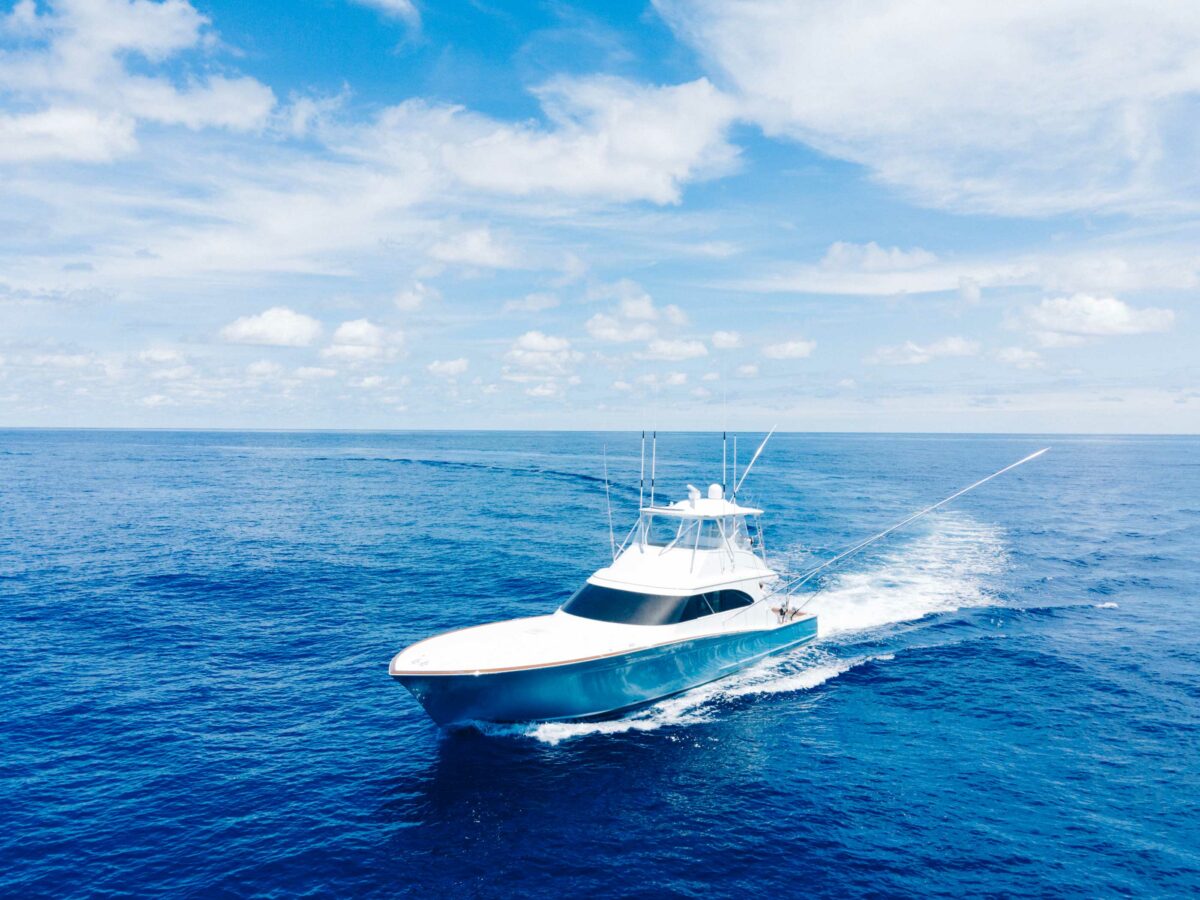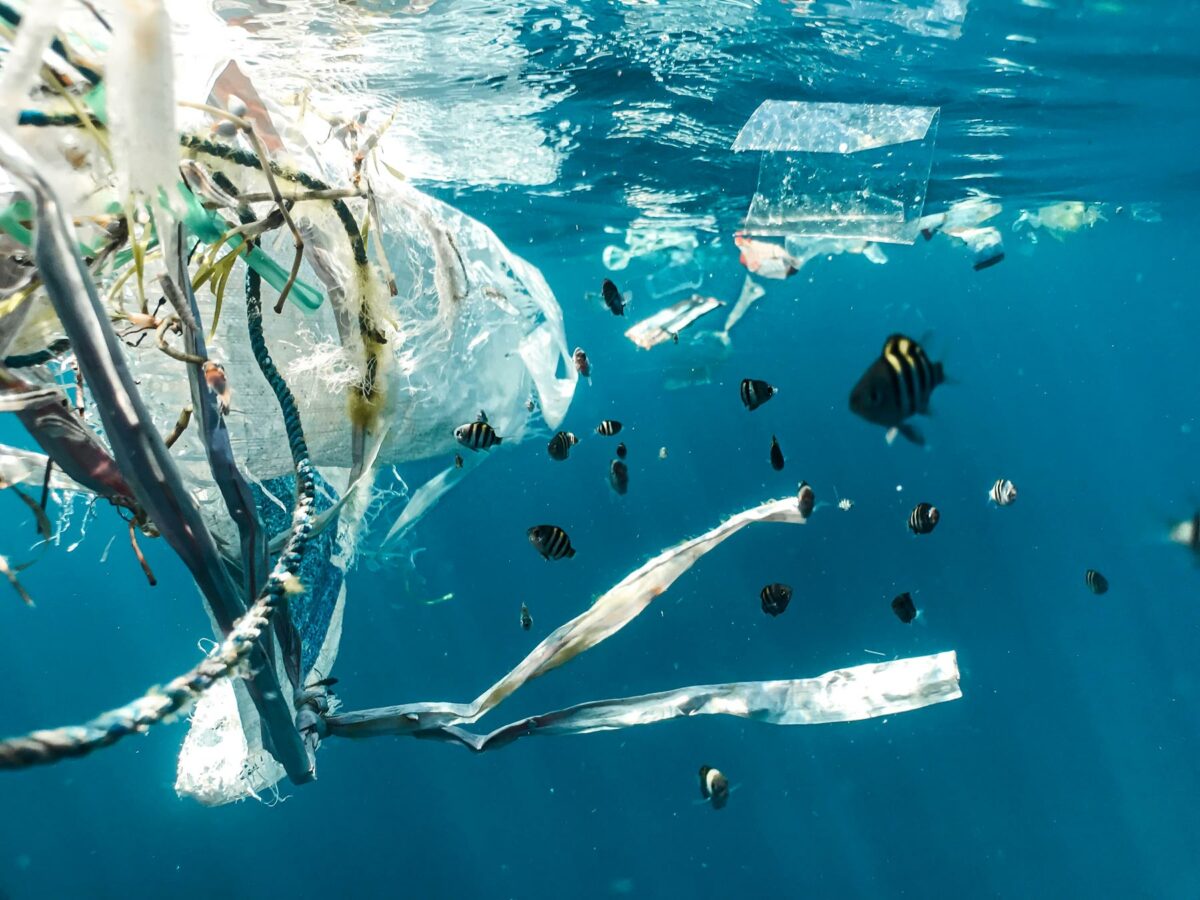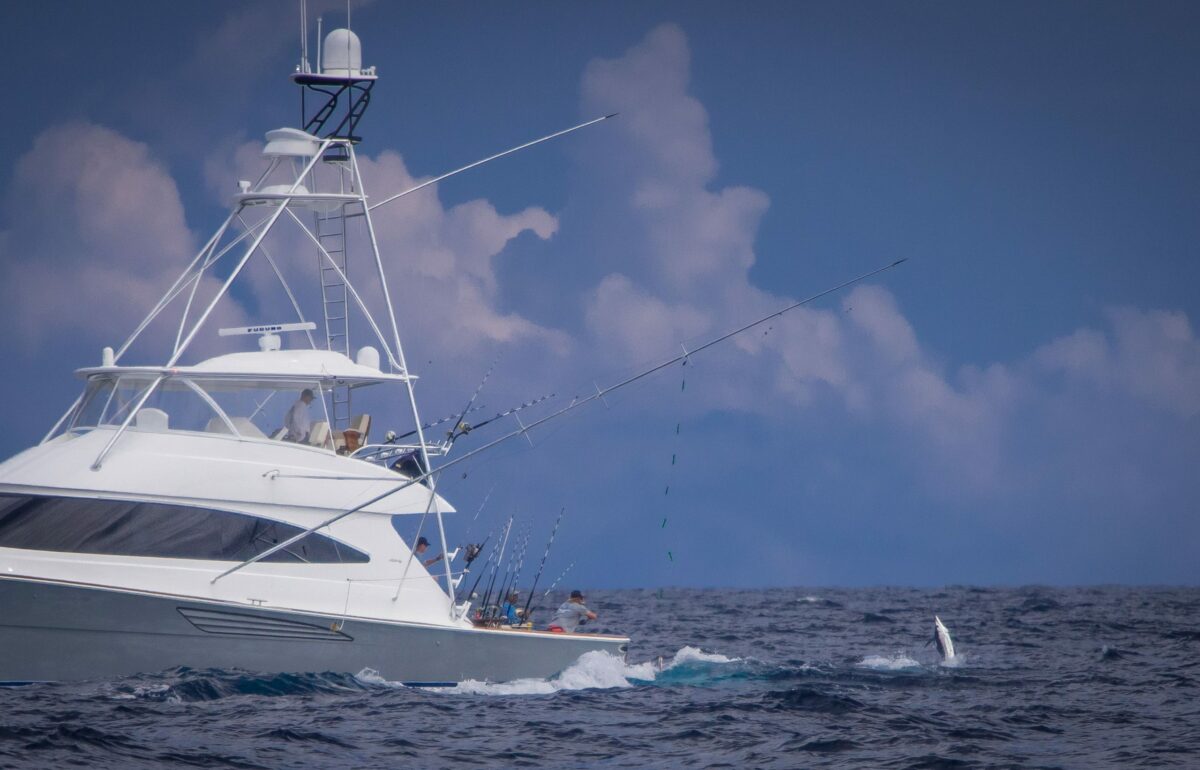Just as marine conservation may not be the most exciting topic in the world, it is a subject that is complicated and difficult to measure. While it is hard enough to determine how many bass or catfish live in a lake, trying to determine the population dynamics of ocean-going fish that travel thousands of miles can seem impossible. This difficulty lies in not just the sheer size of the ocean but also in terms of the number of factors involved in harvesting fish around the globe. [% oiopub-banner-23-center %] What follows is an overview of the conservation as it relates to offshore, highly migratory fish such as marlin, sailfish and tuna. As this is not a science journal, some things will be expressed in general terms. Well also provide a bit of context as to how all of this relates to the real world and to the people who make decisions. Without the ability to relate to policymakers (and increasingly seafood consumers) youre left with just science”usually in the form of some awkwardly dressed person spouting words and concepts that most people dont understand.
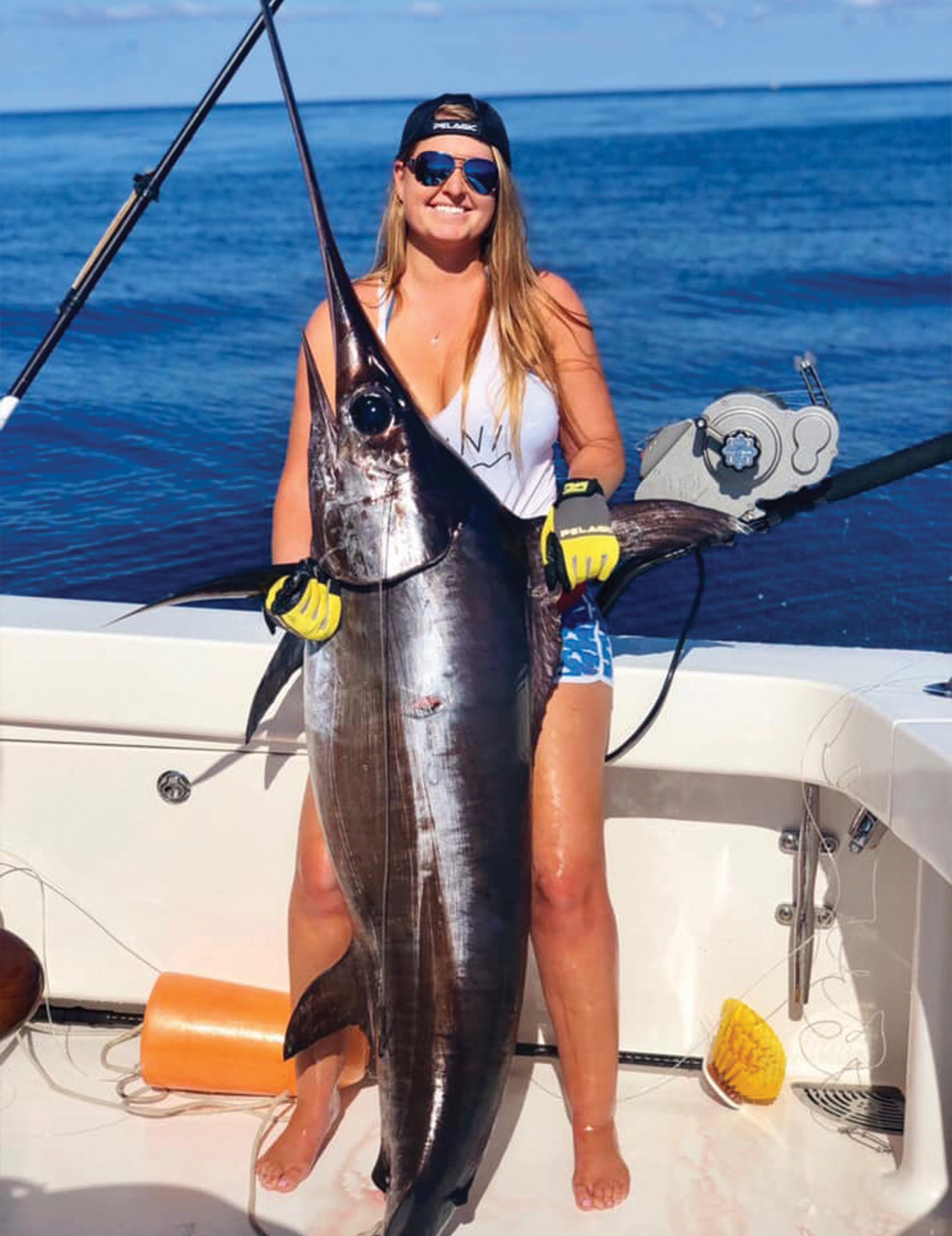
Have you ever wondered why so many people are catching so many swordfish these days? Targeted conservation measure. Photo courtesy Capt. Jeff Wilson
Step 1: Determining How Many Fish Are in the Ocean
Highly migratory marine fisheries are governed by international management groups that set up guidelines for how many fish of each species can be harvested. When determining harvest targets, the goal is to achieve something called maximum sustainable yield”a level of harvest that balances the competing goals of making money today and leaving enough fish to reproduce for the future. Once a total catch level is determined, it is then divided into shares that are given to the countries that have an interest in the fishery. Stakeholders include those with coastline on the ocean and those who send boats to harvest fish within the region. In the Atlantic Ocean, the management group is called ICCAT”the International Commission for the Conservation of Atlantic Tunas. On the Pacific Coast of Central America, it is Intra American Tropical Tuna Commission (IATTC). There are others around the world, but they basically function the same way. How do these groups go about setting up and dividing the catch rates? Estimating the relative populations of fish species lies at the core of it all. Enter the stock assessment scientists”mathematical magicians who analyze catch rates from known sources, compute them with a witch brew of other variables and project them across entire ocean basins. To approximate population levels, catch per unit effort is computed mainly from longline catch reports. Catch per unit effort is one of the most important statistics in the world of fisheries management. It basically describes how many fish are caught per hook per day (or other unit of time). For example, if a long line vessel catches 5 tuna per 100 hooks deployed, the catch per unit effort would be .05. Because you cant physically see or count populations of fish in the ocean, catch per unit effort is about the best way science has to reflect population levels. By charting the same data from the same sources through time, scientists can determine if catch rates are growing (and the population is increasing) or declining. Catch per unit effort calculations are by no means a perfect solution, but they are the only source of historical fisheries data and by far the most important. Unlike population studies in forests or on land, you cant exactly hide a camera in a fake rock by a river to determine how many marlin frequent an area. The catch per unit effort from various sources (in the Atlantic it might be from US longliners working in different areas, vessels fishing off of Brazil, places around the Caribbean, etc.) are then input into highly sophisticated computer modeling software (along with a number of other inputs) to roughly approximate what is happening within populations of your favorite ocean fish. To say that this process is highly sophisticated might be an understatement.

Ellen Peel, President of The Billfish Foundation, is one of the most accomplished and respected voices in the world of billfish conservation. There are many more marlin swimming in the oceans because of her skill and dedication. Photo courtesy Austin Coit
Step Two: Determining Who is Catching the Fish, Where They are Catching Them, and How Many They Are Catching
Determining how many fish are being caught each year might sound like a simple proposition. It is not. Given the size and scale of the oceans”and the value of the fish that vessels catch, it is nearly impossible to get a handle on the volume of fish harvested.
Consider the following facts:
1. Scale: The Pacific Ocean has a surface area of nearly 64 million square miles. At its widest point, the Pacific is nearly 11,000 miles wide. 2. Economic Value of the World Fisheries: The United Nations Food and Agricultural Organization estimated global fisheries harvest to be 90.9 million tons in 2016. The first sale value of this harvest was US$130 billion. 3. Jurisdiction of Fisheries: While within their sovereign waters, countries can dictate who fishes and what they catch, beyond 200 nautical waters from shore of any nation is classified as international waters. While there are agreements that bind nations to fisheries limits, in many areas there are few, if any, actual enforcement measures in place. The result is a combination of factors”a giant area filled with swimming hundred dollar bills that poses little threat of legal ramification for breaking agreements”produces a free for all. Efforts to enforce compliance with catch and size limits have been made at port cities where vessels offload their catch, but even this can be hindered. Beyond lack of resources to enforce fisheries regulations in many parts of the world, vessels often do the old bait and switch”processing the fish at sea and then labeling the fillets something that costs more than what it truly is. The old barracuda to grouper trick¦ Enjoy your sandwich. Add to these levels of difficulty the very ominous threat that is posed by factory ships. Some nations send entire fleets of commercial fishing vessels that are supported by factory ships capable of processing and shipping catch without ever going to land. These fleets”equipped with the latest and greatest in technology”can (read: have and continue to) devastate fisheries with cold, ruthless efficiency. While you and I may care about the health of the oceans, there are plenty of folks in the world who do not. Given the free for all dynamic of global fisheries, there is an incentive for each boat to catch as many fish as it can. After all, the boat and its owners reap all of the benefit from fish that they sell. What more, if they dont catch the fish, what to stop the boat fishing next to them from catching them? When oceans are overfished, on the other hand, it is the world that shares the burden equally”not just the boat owner. This phenomenon, like what happens to an overgrazed community pasture, is called the tragedy of the commons. It is taught in the first week of fisheries science 101.
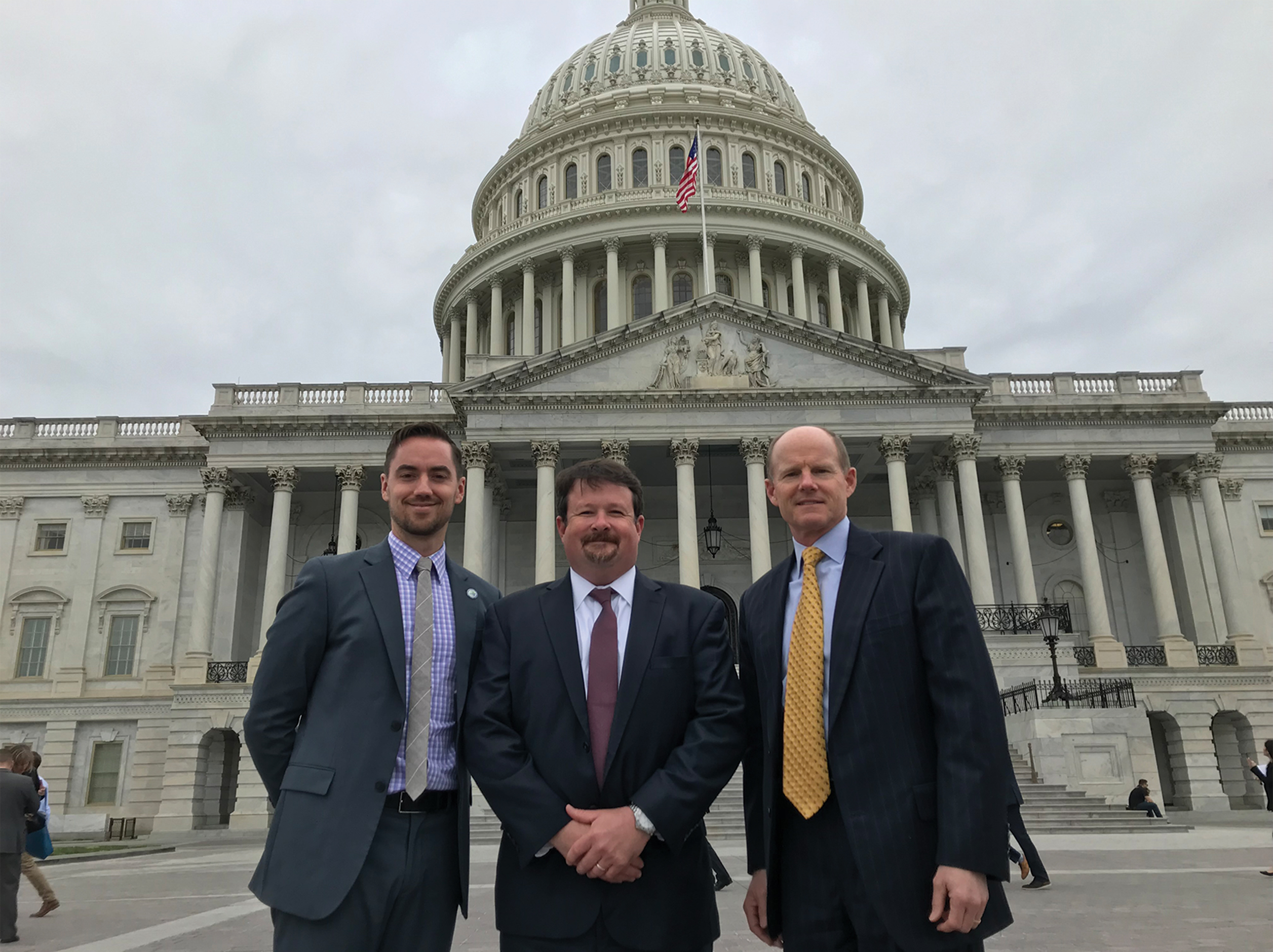
Mike Leonard, left, is the Vice President of Government Affairs for the American Sportfishing Association. ASA is the sportfishing industry trade association. It does good things for all of us.
Step Three: Taking Stock of the Big Picture Overview
This, at the risk of oversimplification, is how we got to where we are. The human population is ever-growing. There will be nine billion of us by the middle of the century. We have invented every kind of technology you can think of”including things that allow us to catch fish faster than the ocean can produce them. If the greedy and unscrupulous among us were left to their own devices, humanity could irreparably overfish the oceans. In fact, overfishing is happening all over the place. If you need proof that there are fewer fish now than there used to be, you can look at empirical catch data over the years. Or you could just ask an old-timer”most will tell the same story, no matter where in the world you are fishing. If you dont believe this, Google state of the world fisheries and there are more resources than you can read.
Moving forward, let take several conclusions:
1. There is ever-increasing pressure on the marine resources that we enjoy.
2. If left unchecked, the interests that drive overfishing would not refrain from continuing to take more from the ocean than it can sustainably give. (PLEASE NOTE: Groups that drive overfishing DO NOT include the US-flagged commercial fishing industry. The United States commercial fishing fleet, in many cases, is the most regulated, conservation-minded commercial fleet in the world. In many circumstances, decreased effort by US-flagged vessels simply increases access or quota share for vessels from countries with less stringent regulations.)
3. Groups dedicated to fisheries conservation have their work cut out for them.
What Does All of This Mean to the Bluewater Sportfishing Industry?
Since the mid-1980s conservation in the sportfishing sense has often meant catch and release, tagging fish and maybe even sponsoring a satellite tag or two. These are good practices, how can they not be. But when it comes to contributing to fisheries conservation at a scale beyond what happens on your boat, what options are best? How can you make a difference on a scale that matters?
Generally speaking, there are two aspects of sportfishing that translate particularly well to moving the conservation needle. Surprisingly to some, these aspects have less to do with the number of fish that you catch and release than they do with the amount of money generated by fishing and the number of people who are passionate about the sport. Luckily for the fish, and as anyone who has ever footed the fuel tab for a day of marlin fishing will attest, sportfishing generates the exchange of lots of money.
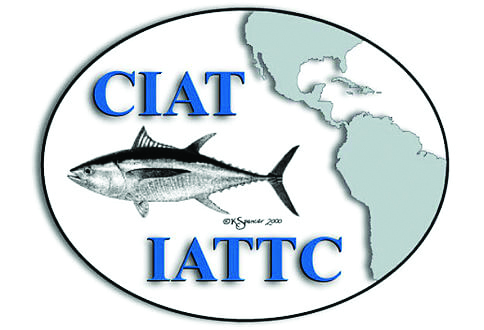
Socio-Economic Research: Using Revenue to Motivate Conservation Policy
Historically, one of conservation largest handicaps was the inability to show money generated by fish in the ocean without first harvesting and selling them. Whenever governments were faced with a choice between conserving fish and allowing their harvest, the commercial interests would present the amount of money and jobs generated by their activity. With no financial statistics to speak of, the other side would have to talk about how pretty whales are. Talk about money and jobs is much more persuasive to governments than much anything else and time and again conservation interests suffered for it. Socio-economic research fills this void. Here how it works. Researchers compile all of the money spent on fishing trips and all of the things that are associated with the activity. This includes not only all of the costs associated with the boat (charter tab, fuel costs, ice, beer, bait, gear, tipping the crew, etc.) but the many other expenses associated with a trip, too. These include lodging, food purchased from restaurants, and other services visited by the families of visiting anglers”spas, golf courses, car rentals and the like. Tabulating all of the money spent in a region in the pursuit of sportfishing provides an economic impact. The next step in the process is to determine how many jobs and businesses are supported by all of the money generated. Researchers then put together reports that present the information for use by governments and policymakers that illustrate the link between healthy oceans and economic enterprise. From a conservation perspective, this is a game-changing dynamic. Not only does it allow governments to see how fish in the ocean are worth money (when it comes to billfish, their value in the water greatly exceeds the $.50 a pound they get when stacked on the dock), but that all of the thousands of jobs and millions of dollars actually depend on keeping the oceans healthy. After all, if longliners or purse seiners whack all of the marlin and tuna in the place, tourists will simply take the money they would have spent in one location and travel to the next. While this type of research has been used in a number of capacities, it has perhaps never been employed with greater impact than the work performed in Cabo San Lucas, Mexico and Costa Rica by The Billfish Foundation (TBF). Under the direction of the late, great Dr. Russell Nelson TBF chief scientist and TBF President Ellen Peel, The Billfish Foundation produced socio-economic impact reports on the contributions from the sportfishing industry to these two locations. Working with Rob Southwick, owner the natural resource economics firm Southwick Associates, the work showed that visiting anglers and their families contributed an annual economic impact of more than US$1.1 billion each year to the economy of the Los Cabos region of Mexico. The Costa Rica study illustrated that sportfishing contributes to more than two percent of the nation Gross Domestic Product and supports more than 63,000 jobs in the nation. If you want to get governments to care about conservation, show them the money and jobs generated by sportfishermen.
Membership Organizations: Paying Dues that Fund Advocacy
A second, equally important consideration is making your voice count. There are all kinds of things that must go right for the oceans to optimally support the fisheries that we care about. These include such things as moderating overharvest of the species you want to catch, making sure that some assholes somewhere arent dumping toxic waste where they shouldnt be, and that all of the forage fish that your favorite pelagics depend on arent being seined up and ground into pig food. Just as you are probably too busy with life to monitor all of these things, there are groups whose sole focus is doing just that. It is quite a bit easier to take $50 or $100 and support one of these groups. After all groups such as The Billfish Foundation, the American Sportfishing Association, the International Gamefish Association, and the Recreational Fishing Alliance eat, sleep and breathe this stuff. A particularly important segment of the work of these groups lies in something called advocacy. Advocacy is to non-profits what lobbying is to corporate interest groups. Many conservation groups maintain an active presence before members of the government. Not only do they keep an eye on prospective legal changes that might impact fishing, much of their work lies in informing politicians of the many benefits associated with fishing”jobs, revenue, recreation, quality of life. Advocacy work is often crucial to such things as getting billfish classified as gamefish (and prohibiting their commercialization) and ensuring that sportfishing has a voice at the negotiating tables of the international management commissions. These organizations, and the great work that they do on behalf of the fishing community, is funded by membership dollars and grants. Not only are membership dollars important, but these groups also benefit from the leverage provided by having lots of members. Their job is to translate numbers of fishermen and all of the money they generate into impact on policy that shapes how the oceans are managed.
Which Group is Right for You
So, youd like to support fisheries conservation. Which group is right for you? A good start is to think about where you fish and what type of fish you target. Different groups have different areas of emphasis and species to benefit. Aligning your passion with the work of a conservation group really helps you feel a part of something. There are plenty of groups, but here are four that have a particularly good history of benefiting offshore fishing. 1. The Billfish Foundation, www.billfish.org Purview: TBF has the world largest private tagging database. In addition to the socio-economic work described above, TBF president Ellen Peel is among the most accomplished people in the world of billfish conservation”even serving as US emissary to ICCAT from 2008-2012. 2. The American Sportfishing Association, www.asafishing.org 3. The Recreational Fishing Alliance, www.joinrfa.org 4. The International Gamefish Association, www.igfa.org
Advocacy in Action: The American Sportfishing Association
The American Sportfishing Association functions as the sportfishing industry trade association. The ASA Sportfishing in America report provides a comprehensive measure of recreational fishing impacts in the US. Did you know that each year sportfishing accounts nearly $50 billion in sales and supports more than 800,000 jobs? Mike Leonard is the VP of Government Affairs for the ASA. Quite a bit of our work involves making sure that there is a favorable business environment within which the sportfishing industry can operate, he says. As for anglers, a few things important points include joining a group or club”this really helps with representation and making your voice count. Another is buying a fishing license. Funds from license sales go toward a variety of habitat and conservation projects. The last thing is to realize that fishing is not something that we can automatically take for granted. All kinds of things go into ensuring fishing access and opportunity. There are even groups actively trying to stop recreational fishing.









